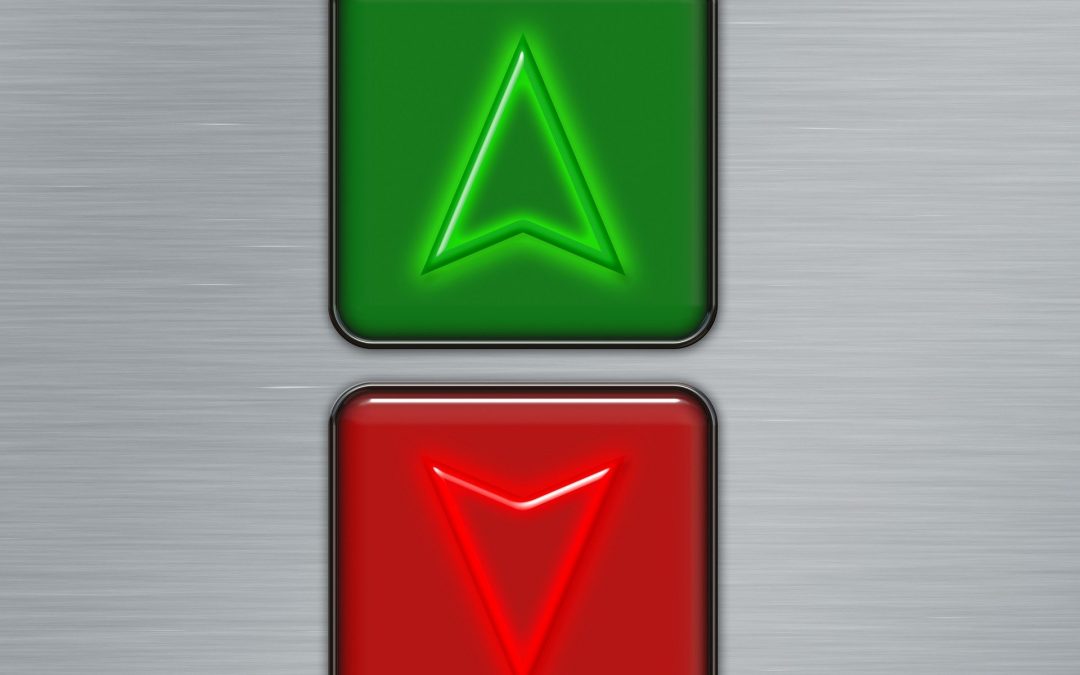What’s The Best Way To Connect With Potential Clients?
It won’t surprise you to hear me say – public speaking of course. But you don’t always get the chance to do a 30, 60 or 90-minute keynote. Sometimes you only have seconds to connect with someone and get your message across.
You might be at a networking meeting, on or offline. You might be asked to introduce yourself in a business meeting. You may want to do a quick Facebook Live, or say something on Clubhouse. For whatever reason you have to get your message over in a very short space of time, the best way to make sure you don’t blow it, is to be prepared.
I was talking in my How To Speak With… Facebook Group this week about the specific part of the Sensational Speaker Positioning System that will help you develop your ‘Elevator Pitch’.
What’s an elevator pitch?
Well, there are a few stories around the origins of this – a famous one is that it developed in Hollywood as a way an aspiring scriptwriter could pitch their idea to a film producer. Literally – get in the elevator with them and tell them all about your idea in the short time before they get out – anywhere between 30 seconds and 2 minutes.
It has since been adopted by business as a useful tool in any time-constrained situation.
But like everything in life, there are good elevator pitches and those which would be best tossed down the elevator shaft.
So how do you create a great pitch in such a short amount of time?
Well, first you need to understand what people want to know. Why Should I Listen to This? Why Should I Listen To YOU? What is it all about? What next?
To help answer these 4 questions that are in your listeners head when you start to speak, I have created The Q.U.I.C.K. Elevator Pitch. Let me take you through it (or you can go watch it in the group here).
Q – Question
You need to start with a question that is pertinent for the audience and relevant to your idea/service/solution. So for me, that might be “Have you ever wondered why some people can speak with ease while others want to crawl away on their knees?”
Asking a question that shows you know your audiences pain, demonstrates that you have….
U – Understanding
When you show that you understand your audience, it immediately begins to build a connection. They listen more because you appear to know what is going on for them and so they will be open to hearing what is coming next, which in this case is….
I – Introduce
This is you introducing yourself, but not in a boring “My name is Cheryl and I’m an accountant” sort of way. No – you need to introduce yourself in a way that positions you as an expert in solving their pain. For me that sounds something like “I’m Cheryl Chapman, I’m a multi-award-winning speaker and speaker mentor and for the last 8 years I have been helping business owners, entrepreneurs and enlightened souls, like you, to be seen to be heard and of course, to still be YOU”.
This allows people to disqualify themselves – if they don’t want to do what you are the expert in, then great. You can’t help everybody.
C – Connect
This is where you put something in that is relevant to them specifically. EG, “So if you have a product, service or idea that you want to get out there then the best way to do that is through the art of public speaking”. And then finally…
K – Key
This is where you tell them how they can do what you want them to do next. So – “click the link in the bio”, “link with me on LinkedIn”, “book a time in my diary” etc.
The Challenge for this week in the group, it will not surprise you to learn, is to record or go live with your elevator pitch – for 3 reasons. First – you will get some feedback and that might help. Second – you need to practise these things to be ready when an opportunity comes up. Thirdly – there maybe someone in the group who needs what you do, but they don’t know about you yet!
So go to the Group now and join – if you haven’t already, and give us your best shot at your elevator pitch. Look forward to seeing you there!
